During repairs, redevelopment, and even if necessary, drill a hole in the wall, it is advisable to make sure that there are no wiring, fittings or pipes in this place. All this can be done by a device for detecting hidden wiring. This is a small and relatively inexpensive device that weighs at least 200 grams, but it can help quite noticeably: getting into a pipe with water or wiring during repairs is, to put it mildly, unpleasant.
Finding hidden pipes or wires behind plaster or tiles is a task that a hidden leash device can perform.
Types of devices for detecting hidden wiring
There are several types of devices for detecting hidden wiring. They work on the basis of different phenomena and serve different purposes.
Let's start talking about the types of devices with the name of this equipment. The official name is a device for detecting hidden wiring. They can be called: a detector, an indicator, a signaling device, a seeker, a determinant, a tester. In general, there are a lot of names, but the essence is the same. These devices (some of them) can find wiring hidden in the wall, frame (metal or wood), metal or plastic pipes.
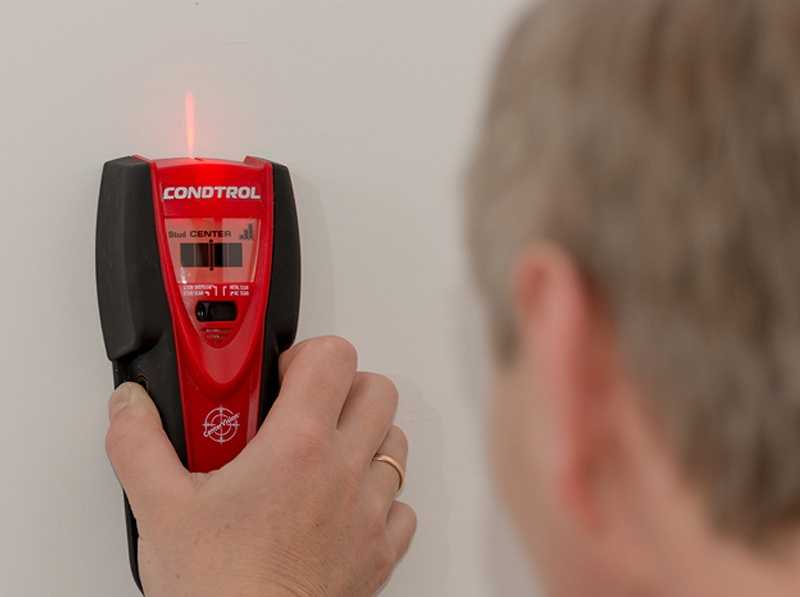
Detection of metals in the wall
There are detectors for wires, fittings, metal frames, which are miniature metal detectors. They create a magnetic field around themselves, to which the metals hidden in the wall react. Detect any metal, be it a screw, a water pipe or wiring.
These devices are usually inexpensive, many can accurately indicate the location in the wall, and some under the floor (with sufficient detection range). The disadvantage is that with an abundance of metals it is difficult to determine where everything is. For example, in a reinforced concrete wall, determine where the reinforcement is and where the wiring is. To be precise, having a device for detecting this type of wiring is simply impossible.

A metal detector is a simple device, but sometimes it can come in handy
Some models of metal detectors can detect not only metal, but also wood or plastic hidden in the wall. They work on a different principle - they determine the density of materials by the speed of passage of pulses. These are already quite complex devices, more expensive, most often they have a liquid crystal display, which displays information about what exactly is found in the wall.
Wiring detectors
There is another type of equipment for searching for wiring - detectors (also called testers or indicators). These devices respond to an electromagnetic field that creates a current passing through the conductor. That is, this type of device well determines the presence of wiring under load or voltage. If a conductor is broken or a pipe or metal frame needs to be found, the wire detectors will be useless.
These devices have one more drawback - they are useless on wet walls, as they give signals almost constantly. Wet walls "respond" to the electromagnetic field of the device, causing it to constantly ring.
Universal Devices
Since both types of equipment are often required in the work, a universal device for detecting wires was created. Such equipment usually has several modes of operation - for detecting metals in general and separately for searching for wiring. These modes come with varying degrees of sensitivity - to determine the exact location of the found communications with the wall.
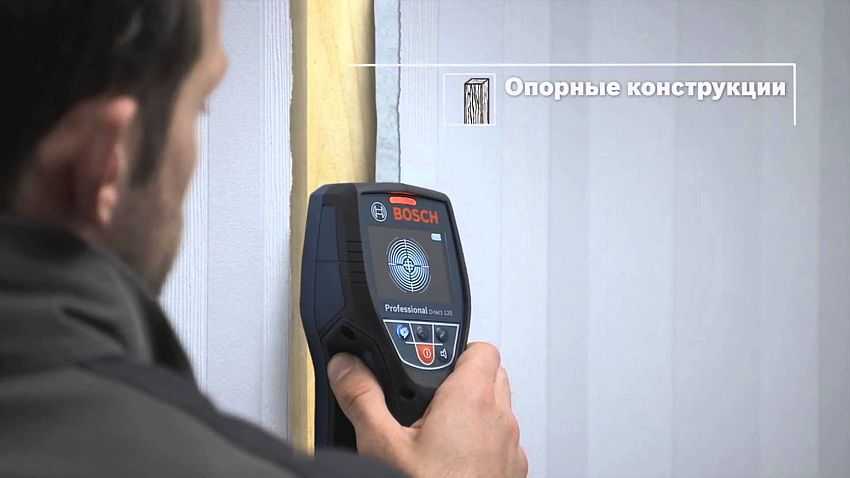
Typically, such a device for detecting hidden wiring belongs to the class of professional equipment or pro-professional. They usually work more accurately, but they also cost several times more. It is also worth noting that some models (in particular BOSCH DMF 10 Zoom) require presetting. Before using it for its intended purpose, it must be turned on and held against the wall for some time. Moreover, there should be no voids, metal and other inhomogeneities in the wall. After such a setting, the device identifies everything very well, but if it works immediately after turning it on, it shows nonsense.
Features and disadvantages
There are several points common to all devices for finding hidden wiring. They only manifest themselves in different ways - cheap models have more, expensive models have less. So here are the problems:
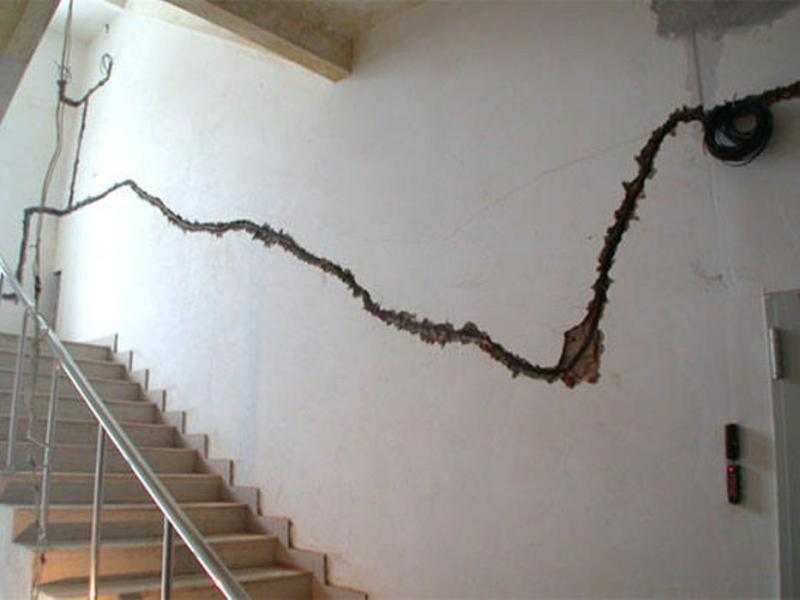
As already mentioned, these phenomena are less, the higher the class of the device. So when working, always remember that errors can occur and work carefully and certainly with the power turned off.
What to look for when buying
First you need to decide on the set of features that you need. If you only need to find the wiring, an inexpensive detector will do just fine. If you also have to define frames or pipelines, you will need a more serious device.
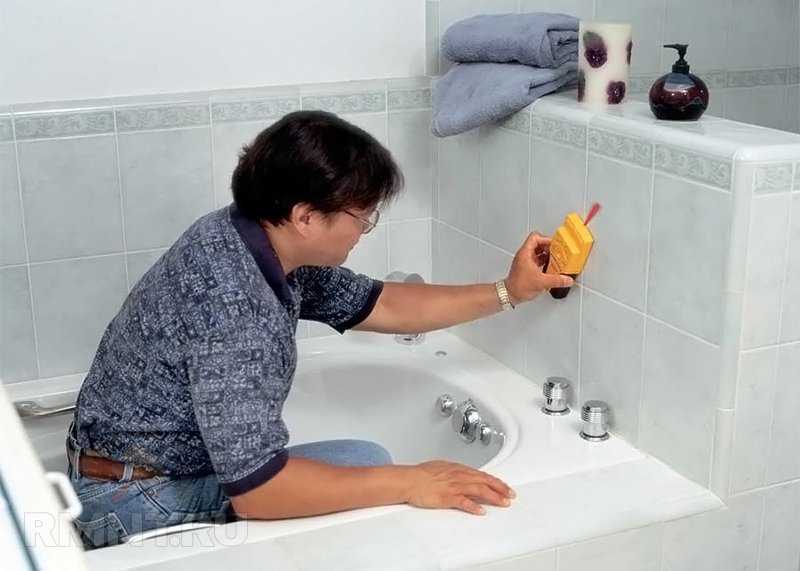
Scan depth
When buying, pay attention to what materials this model can determine, to what depth these materials can be located. Cheap models are usually searched for at a depth of 20 mm, which is clearly not enough - the plaster layer is usually larger - about 30-40 mm. In general, it is desirable to "see" the hidden wiring detector as deeply as possible. True, such models are more expensive.

Scanning depth is one of the key characteristics
Indication type
It will be necessary to decide on the type of notification. It is of three types:
In general, you need to get used to any detector - to study what signals it gives when approaching each type of "finds". To do this, you must first check the reaction on open wires, fittings, wood, then try to find what is hidden in the wall or floor. In addition, before starting work, it is advisable to do the incredible - read the instruction manual. This usually helps to quickly learn how to handle the device.
Store test
Before buying the selected model, test it. As an object, you can use any wire that goes to an electrical appliance. See if the declared scanning depth corresponds to the real one - try to “find” the wire at different distances from it, cover it with a board, a piece of plastic, etc., try again. If all tests are passed normally, you can buy.
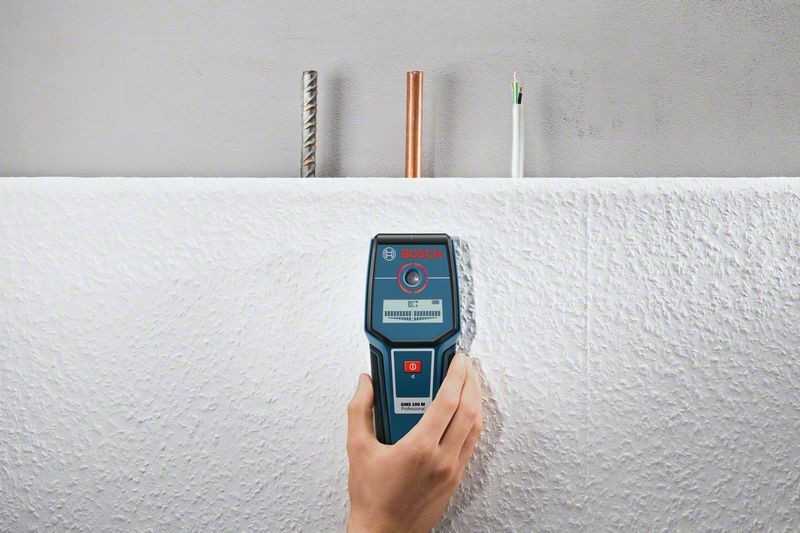
Before buying, check how the device works
Best Options
In this section, we tried to collect the most successful models of hidden wiring detectors according to reviews. As usual, there are sometimes opposite reviews for the same model. We tried to select those with positive reviews that significantly outnumber negative ones.

Wiring detector Woodpecker
This device is produced in Ukraine, it costs relatively little $25-30. Received three times more positive ratings than negative ones. Can be used to locate live conductors. During operation, do not turn off the light, and it is desirable to load the network with something (for example, turn on the lamp). He successfully detects live wires, but if the conductor is laid in a plastic pipe, he does not see it.
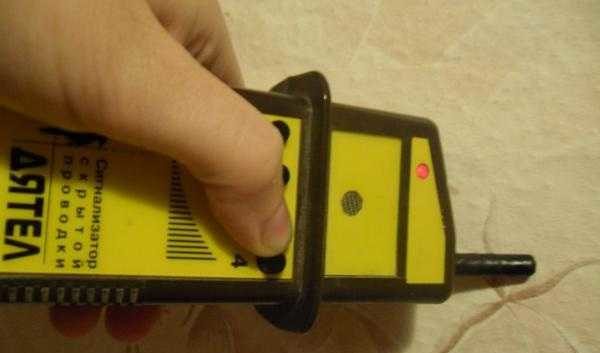
Woodpecker - hidden wiring detection device
The device for detecting hidden wiring Woodpecker has four sensitivity modes:
- determines the location of the conductor with an accuracy of 10 mm;
- up to 100 mm;
- up to 300 mm;
- up to 700 mm.
That is, you need to start working by turning on the 4th mode. When approaching the conductor, the LED starts flashing, a squeak is heard. The closer to the conductor, the faster the flashing, the louder the sound. Having found out the boundary of the most intense signals, we put a mark on the wall. The operation is repeated on the other side. Next, we switch the mode and start the search from the already marked boundaries. So, gradually, we find the location of the conductor with an accuracy of 1 cm in both directions.
Bosch DMF 10 Zoom
This device has a liquid crystal monitor and two modes of operation: detection of metal (magnetic and non-magnetic), wood and wiring. There is a Zoom mode to increase the sensitivity of the device. But turning it on leads to the fact that the detector begins to react not only to wiring, for example, but also to metal racks or reinforcement bars located nearby.
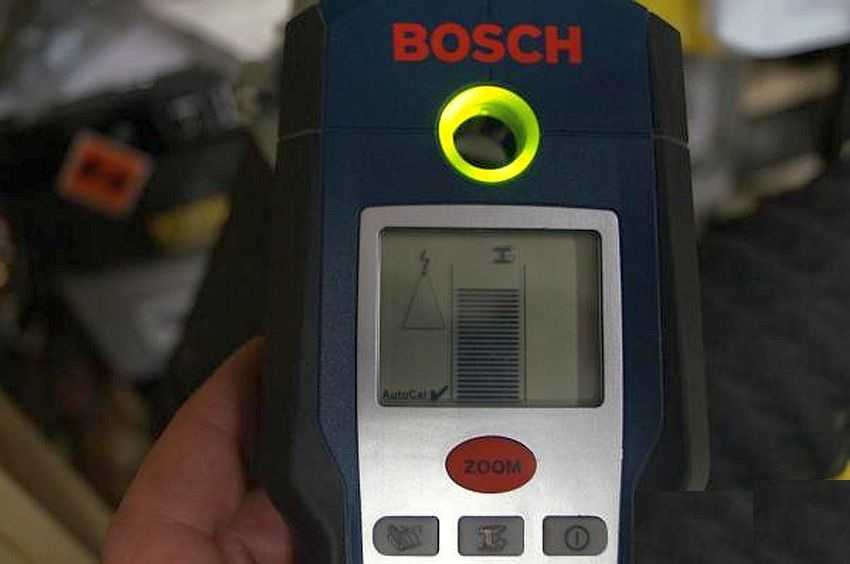
When approaching the desired object, the sound and light indication turn on. A scale is lit on the screen of the device, by which you can determine how close the device is to the conductor - the closer, the more filled stripes on the scale.
The display also shows graphic images of the found materials:
- a crossed-out magnet means a non-magnetic metal (aluminum, for example);
- lightning with divisions - live wiring;
In order to be able to find objects normally, it is necessary to study the instruction manual. It describes many nuances that will allow you to correctly interpret various situations and not make mistakes when working.
Identify hidden wiring Bosch GMS-120
Another detector of the famous company. In addition to wiring and metals, he is looking for wood. There are three modes of operation:

It has good reviews, differs from the previous version in the absence of the Zoom function. But in the middle of the case there is a hole through which you can mark on the wall the place where the conductor passes, or vice versa, a place free from all kinds of metal - for safe drilling in the wall, ceiling or floor.
A few practical recommendations can be deduced from all the reviews:
- if the device “rings” all over the wall, touch the wall with your other hand (remove interference), it will work fine;
- if you don’t understand the indications, read the instructions, everything is clearly described there - in which cases to use which modes.
In general, with some experience, you can quite accurately determine where the wiring is located.
POSP 1 device
A domestic product is good because it allows you not only to detect live wiring. He can even find a broken wire in the wall. To do this, the included device must be led along the conductor. As long as the wire is intact, the light indication is on. In the place where the indicator goes out and there will be a break. To be sure, carry out a similar operation on the other side (you can repeat the test twice).
This device costs a little - $ 20-25, but its popularity is not very high, there were no reviews.

